Blockchain Taxation
Globally there is a decent shift in tax regime, countries in middle east are now introducing tax (VAT Value Added Tax). One of the most populous country in the world India shifted its tax regime from multiple taxes to just one tax which is GST (Goods and Services Tax). Countries are redefining laws and policies time and again to manage their respective fiscal setup.
Taxation Quandary
With continuous change in policies and procedures of very complex framework of direct and indirect taxes, governments and authorities are having obstacles to roll out and make sure implementation is in completeness. Incumbents in private and government sector find it difficult to interpret taxation and thus the parallel industry of tax advisors, consultants, legal advisors etc is supporting both regime as well as the incumbents. As per Richard Murphy’s (tax campaigner) research, total global tax evasion is 5% of global economy. Tax evasion is as huge as 33% of the GDP in continental Europe. Size of the parallel economy in many countries is same as the real economy in many countries.
Taxation and management of taxation have major impediments and this leads to numerous hurdles in implemented or about to be implemented tax framework. Major drawbacks in tax regime are
1. Complex rules 2. Transparency in tax transactions 3. Trust between incumbents and authorities 4. Controls in terms of leakages, alteration and tampering. 5. Accountability though stiff on incumbents but no or minimal accountability on
authorities
This led to development of parallel economy through
1. Frauds in account receivable and account payable. 2. Tax evasion 3. Corruption 4. Smuggling of goods and services. 5. False and fake representations of organisations and its subsidiary companies.
Blockchain an alternate to Taxation Quandary
In today’s complex world cost of a transaction is multiplying. A small transaction may sometime cost higher than the value of the transaction specially when there are rebates and subsidies specially government transactions. A transaction has to go through various intermediate setups for validation before it actually gets executed. Intermediate setups include reconciliation, validation and record keeping.
Blockchain is a distributed ledger technology which allows all linked authorised parties to modify/edit/append the transactions relevant to them as per their respective access levels. Google Docs is classic exemplification of blockchain, wherein only authorized users can edit/view the document.
Blockchain is a contextual need to refine, define, create new ways of creating and maintaining taxation.
How taxation works in today’s world:
Broad level taxes can be categorized into Direct and Indirect Taxes
Tax computation and settlement is a very complex process
Let’s take a direct tax first to understand the flow on how direct tax computation and settlement happens.
Direct Tax Flow
Now here sources of income/revenue is through different sources and it’s tedious to pull out data from all sources and computational process is pretty complex. Then payment of excess / short taxes is another complex process to refund/recover.
Indirect taxes Flow
How Blockchain works
Almost every transaction requires an intermediary as of today (except non-conflicting emotional personal non-tangible transactions between yourself and your wife or family or friends).
According to the Bank of England, a blockchain is “a technology that allows people who don’t know each other to trust a shared record of events”. This shared record, or ledger, is distributed to all participants in a network who use their computers to validate transactions and thus remove the need for a third party to intermediate.
Now what blockchain brings here is peer to peer connect, which is primarily lead by blocks which forms the chain of blocks. Now let’s understand this in context of closest and the most relevant illustration. Google docs is a setup wherein two or more people can transact on a document with capabilities of access levels everyone who have access to it. Users of the docs who don’t have access to write can view it but they
cannot tamper it. Blockchain works on a distributed ledger model that records every transaction and maintains the chronology and authenticity of that information on a secure global network designed to be tamperproof. The technology allows transacting parties to interact seamlessly, eliminating recordkeeping activities across procure-to- pay, order-to-cash, and record-to-report processes.
Blockchain in Tax and Governance of Tax
Tax is law of the land and must be adhered to by organisations and individuals for all the products and services consumed. Fundamentals of Tax is record keeping and it marries off with blockchain right away as blockchain fundamental is record keeping. Now for centuries transactions became complex just because transactions lacked
transparency, trust and accountability. And that’s when the role of intermediate setups evolved and flourished.
Blockchain implementation in tax definition, collection and governance will wipe out lot of bureaucratic processes. It will create lot of efficiencies between government and public at large (individuals, corporates, service providers, manufacturers and supply chain). Blockchain as peer to peer setup can be good business case tax barter system as well.
Smart contracts have the potential to connect lot of dots which are lying in isolation. Smart contracts can be established across the ecosystem of individuals, corporates, service providers, manufacturers and supply chain. Smart Contracts should define tax collection terms, calculations and legal terms and connect to each stakeholder to settle and manage tax.
Now this will establish
Transparency
Stakeholders at large will have traceability of all transactions committed and where all in supply chain it is utilized. Tax authorities can update the smart contracts with all committed transactions and tax liability against interested party. This will eliminate lot of redundant processes and paperwork. All cross border and within border transactions can be monitored and managed.
Trust
Leakages across the manual system can be plugged as Smart Contract will be moment of truth as none can tamper it and it is secured. Controls are underlying features of blockchain wherein access to permissioned networks is restricted to identified stakeholder. Ledger cannot be tampered, edited or modified unless stakeholder has access to it.
Accountability
Blockchain will create accountability as transactions will be transparent to all the incumbents as trust factor will be created on execution of transaction. Real time information will be available to process and subjugate.
Blockchain will be pretty useful tool for governance, monitoring and ideation of taxation which will connect dots and make it easy, tamper proof, accountable system for taxation. Value of the implementation has to be worked out considering administrative overheads, collections of tax and the processes involved etc.
Blockchain has all the potential to lower costs between businesses, business to consumer and business to government. Someone out there has to take a call and answer couple of questions to derive the value of implementation and start the implementation.
You May Also Like

Install These Free Security Tools Now!
Have you heard of intrusion detection systems? Also known as IDS, this software is often used to det...

Crowdfunding drives unprecedented efficiency
Crowdfunding has become the center of attention in the field of financing. It is also an increasingl...

Everything As a Service
Transition from Capex economy to Opex Economy World is in a transition from Macro to Micro. Granula...

IoT in Malaysia – 2019 Predictions
The year 2014 is when Malaysians started to Google the term “IoT” and ever since, the hy...

The business case for 5G
As of 2018 ,33 MNOs have been involved in 5G trials within Asia Pacific, accounting for 44% of 77 tr...

A New Face On Digital Transformation: Engagement Innovation
Whether we believe it or not we are in the fourth industrial revolution – The Digital Revoluti...
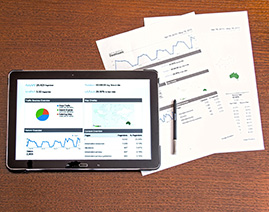
Technology & Competitive Data Analysis More Money – More Competition; everyone wins
Technology & Competition – More Money, Better Deal for Consumers & Companies – H...

Anatomy of Fintechs that’s redefining Financial services business models.
On a weekend in 2013 during monsoon I invited my friend and his family for a dinner at my place. It ...
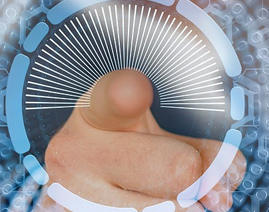
Why Is CDR / CDNR So Important?
Addressing the Fundamental Deficiency in Today’s Mainstream Cyber Security Strategies From Det...

CIO Business leadership - shifting from tech to business leadership
CIOs are no longer technocrats, they are business enablers and crucial part of organisation. CIOs sh...

Ideas and Opinions | 5G as an Enabler of Smart Cities
When 5G comes to mind these days, we think of “is this REALLY it?” and “have we re...

Lessons in Machine Learning
More organizations are using machine learning for competitive reasons, but their results are mixed. ...

Digital Indoor System: Critical Infrastructure for Digital Economic Transformation
Digital Indoor System: Critical Infrastructure for Digital Economic Transformation Developme...

The Changing DNA of the CIO CIO as Business Enabler
The idea that the role of the CIO has now gone beyond technology and innovation related issues, and ...

Today's Digital Miners
Today's Digital Miners I guess by now everyone of us who have read an article or two on digital...

Digital Transformation Readiness Test for Banks
Digital Transformation Readiness Test for Banks The questions banks need to try to answer to test ...
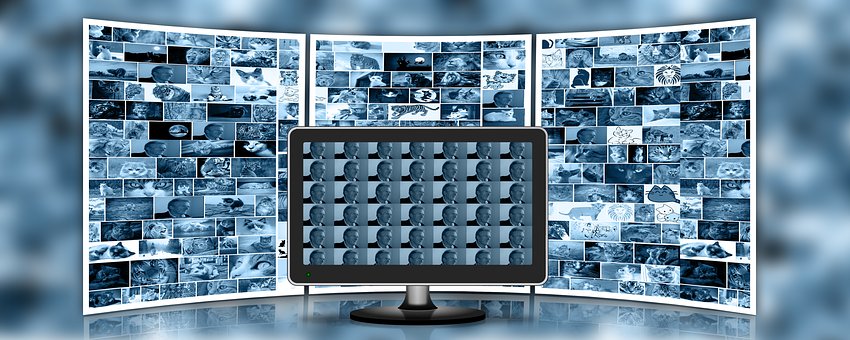
What is Machine Learning
What is Machine Learning? According to Tom Mitchell, a professor at Carnegie Mellon University has d...

Transformation of industry verticals through 5G – Focus and Look Indoors
Transformation of industry verticals through 5G – Focus and Look Indoors Now that 5G is...
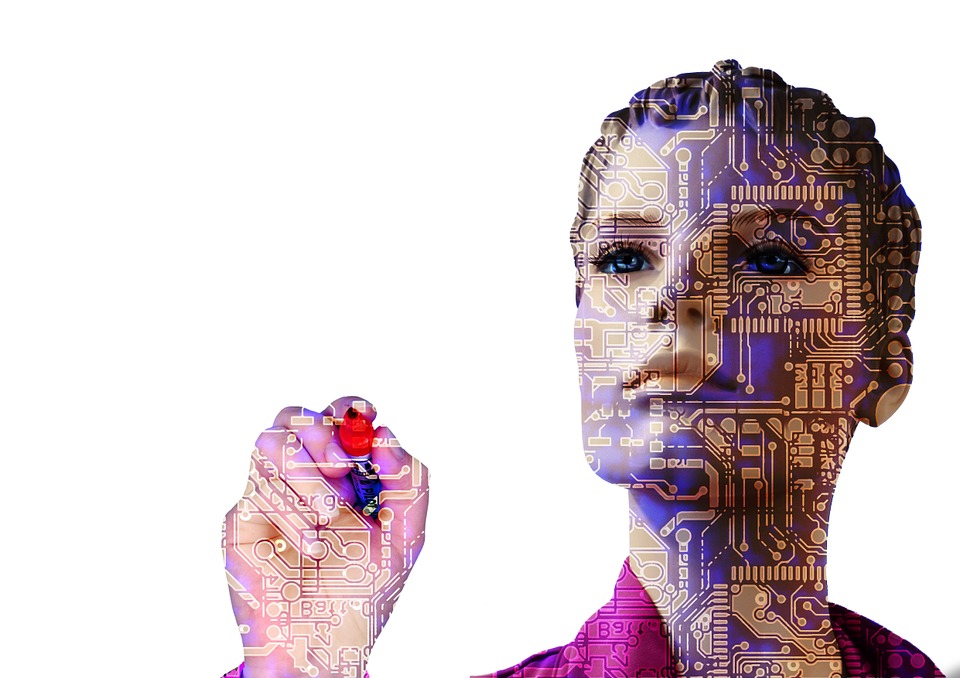
Humanize Technology - back to the basics of serving human needs, humanly
Humanize Technology - back to the basics of serving human needs, humanly The subjects of Digital Tr...
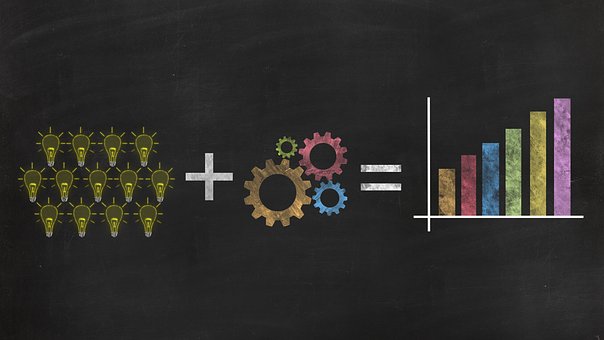
Creating the foundation for Sustainable Innovation
Creating the foundation for Sustainable Innovation In 2011, Marc Andreessen famously proclaimed tha...

About Tech Data Diversity And Inclusion
About Tech Data Diversity And Inclusion I am excited about attending the Hispanic IT Executive Coun...
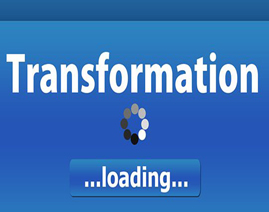
Digital Transformation: Customer Centricity & Intimacy
Digital Transformation: Customer Centricity & Intimacy It was inspiring listening to IMD Profess...

Is Industry 5.0 putting humans back in the center
Industry 4.0 focused on the machines. Is Industry 5.0 putting humans back in the center? I was on a...

Importance of IT Resilience
Importance of IT Resilience Disclaimer: The posting written here is solely of my own comment and ...

Implementing a SaaS Solution – The 3 Major Technical Challenges
So when are you planning to implement a SaaS (Software as a Service) solution? Very soon, if not alr...

So you want an #Innovation Hub?
Innovation, Design Thinking, Digital, Disruption, Agile, Transformation - these are new buzz words t...

The Unsung Hero; The Data Scientist
It is quite likely you are wondering ‘what on earth’ am I on - for cooking up such a tit...

How POC projects made me a better Project Manager
How did I get here? Project Management is a tough job. We need to keep a track on budgets, timeline...

How Data and AI can help in COVID-19 crisis
Since the first report of coronavirus (COVID-19) in Wuhan, China, it has spread to at least 100 othe...

Building thriving business partnerships with Open API
Apple and Google recently collaborated to assist in enabling contact tracing and reducing the spread...

The Future of Indoors with Digital Indoor Systems
Digital Transformation, 5G, and COVID-19 have triggered further growth in indoor traffic Digital tr...

Seizing Opportunities in the ICT Sector
The Increased Pace of Digital Transformation Automation, digitalisation, artificial intelligence (A...

CoVID19, Digital, ML
CoVid19 hit us and has now created the “new Normal” in terms WFH, Video conferences, bal...

Do we really need CEOs, CFOs, and CIOs?
Why CMOs and CTOs are all you need to succeed in today's world This is my first article in a se...

Cinématographe by the Lumière Brothers & History of AI
The Lumière brothers, Auguste and Louis, French inventors and the pioneer manufacturers...

Avenues To Expedite The Incorporation Of 5G Into Industry
5G has been launched in Asia Pacific. South Korea, China, the Philippines and other countries have b...

4G/5G Fixed Wireless Access: A Critical Revenue Growth Engine
In studying key success factors of solutions, it can almost always be shown that the underlying conc...

Big Data Machine Learning IoT and PI
In the era of the Internet of Things (IoT), an enormous amount of sensing devices collect and genera...

Asia’s Plan To Leverage 5G Is Missing A Regional Strategy
The day the world’s first commercial 5G services promised a “great leap” is still ...
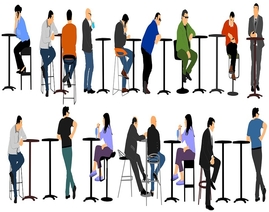
Learning from #COVID19…Would remote working be the new normal?
Musings of a Technology Evangelist In the past few months, we have all learnt many new terms&hellip...
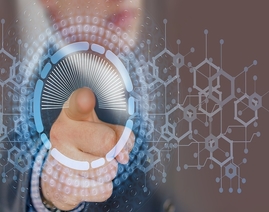
Principles of Sustainable Cybersecurity
In past few years the annual rate of cybersecurity breaches has almost been doubled, and as a result...

Data Governance a key element for Digital Transformation
For the last few years, corporate environment, used to speak and hear lots of financial/management t...

Seven Traits of a Millennial CEO
With a staff strength and annual turnover in the order of billions and trillions respectively, Chris...
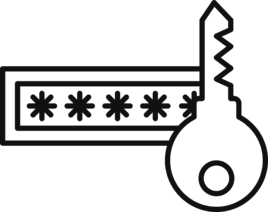
What is a Pass Key and Is Now the Time To Adopt Them?
What is a Pass Key and Is Now the Time To Adopt Them? There has been recent news about a mass...








Anshul Srivastava
Chief Information Officer, Union Insurance
Anshul is a global technology leader who has been instrumental in driving technology transformations for businesses in the range of multi Billion USD as revenues. He has several notable career accomplishments, wherein he has led, created and launched the key ecommerce, mobile and business intelligence initiatives for world's #1 insurance brand AXA in the fastest growing emerging markets of Asia.